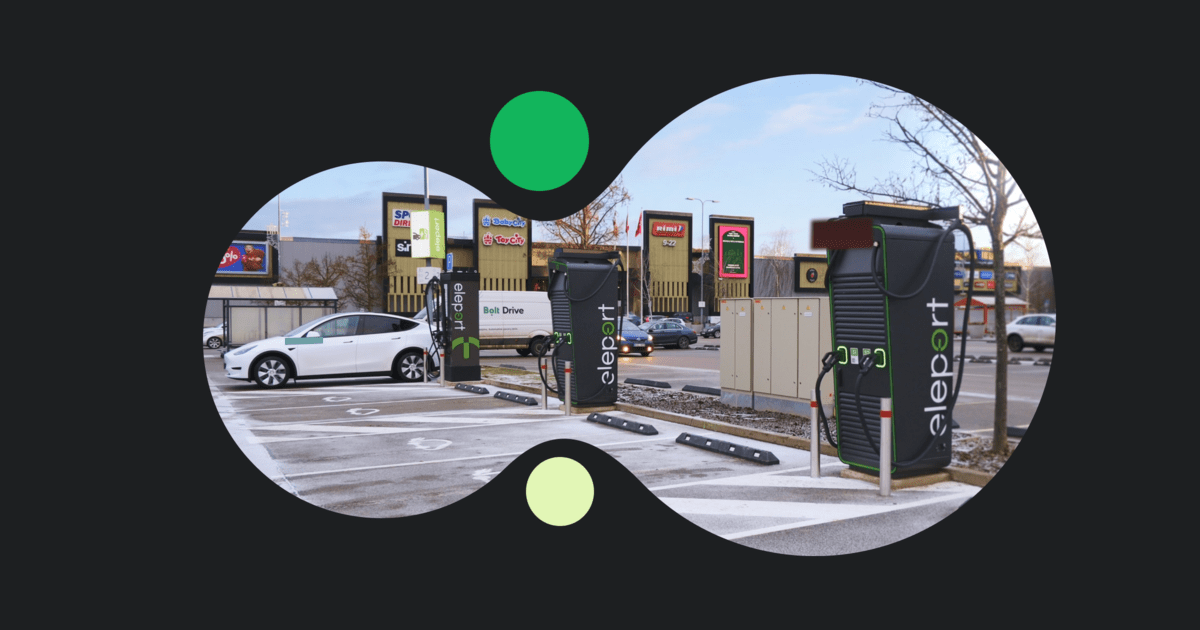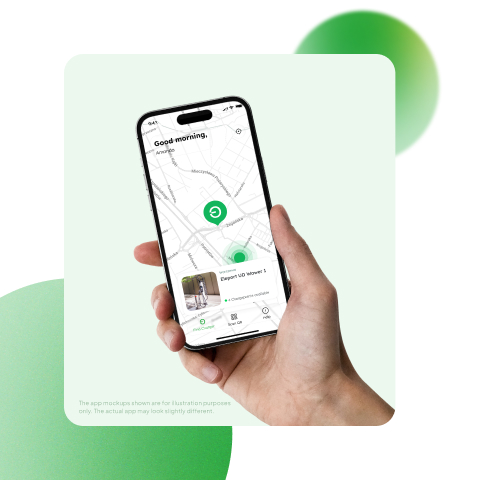Contrary to how it may look from the outside looking in, most of us who already drive an EV find that living with an EV is actually easier than owning any ICE car. No matter the fuel type, we also want to make sure we do our best to keep the car in good shape for years to come.
With EVs, one key question comes to mind after buying one, and it’s around that big battery pack. How do I ensure that my battery lasts as long as possible? Should I charge my EV to 100 percent often, or not at all?
You’ll hear all sorts of answers if you ask your friends or online.
There are the “Never charging EV to 100 percent” folks. And then there are the “I am always charging my EV to 100% with no issues” ones. You might also hear “You should only charge to 100% once a week” or “Only keep it between 20-80%, never charging your EV to 100”. You might even hear the extremes, like “Never ever let it drop over 20%”, too. So what should you set as the limit on your EV charging app?
The thing is, most of these are right. At the same time. But in different conditions, depending on a few key factors. Get these habits right, and you protect range and convenience over a longer period with your EV, without constantly stressing if you’re doing ‘the right thing’ for your car’s battery.
The Key Factor: Battery Type
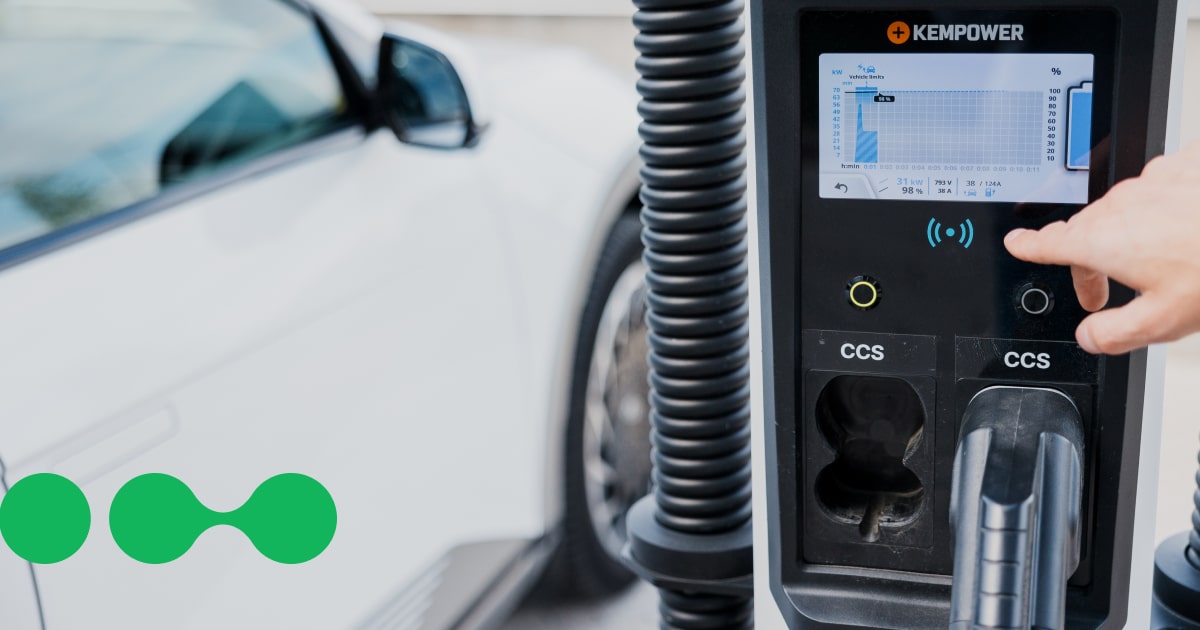
If you already know which battery chemistry your EV runs on – great. Here’s a quick overview of the two main battery types and the answer to the question of how often should I charge my EV to 100 percent.
Nearly all EVs on European roads use either LFP (lithium iron phosphate) or NMC (nickel manganese cobalt) batteries.
The NMC batteries, which have higher energy density, lower cycle life, and a higher price, were dominating just a few years back. But LFP with lower energy density yet cheaper price and larger cycle life has gained significant traction, and in 2024, the LFP batteries already accounted for almost half of the global market for electric vehicles.
Generally, LFP is more tolerant of high state-of-charge (SoC), which means it does not require the charging to stop at 80%, something that is commonly called as the 80% rule.
For example, Tesla’s owner manual advises LFP vehicle owners to keep their charge limit set to 100%, even for daily use, and recommends fully charging to 100% at least once per week.
That said, some recent research has added caveats: a 2024 paper from Jeff Dahn’s lab in Canada (which is a Tesla-funded lab) tested LFP/graphite cells across State of Charge windows like 0-100% and 75-100% at temperatures of 40-55°C.
What they found somewhat contradicts Tesla’s own recommendation – the research said “Cycling LFP cells across a lower average SoC results in less capacity fade than cycling across a higher average SoC.”
In other words, it found that, in this temperature range, charging to 100% constantly would not be wise and would lead to a higher degradation. So here, it seems that at more regular temperatures, charging EV to 100 percent with LFP is fine, but at higher temperatures, it might be wise to go for that 100% once a week, as Tesla says.
LFP batteries are commonly used in standard-range trims, like BYD’s Blade battery; many Tesla RWD variants, the Volvo EX30 Standard Range, and more. Meanwhile, NMC is still in use for the longer-range vehicles. For instance, Volvo EX30 publicly explains the battery split for the EX30 like this: Standard Range = LFP, Extended Range = NMC.
NMC, and more rarely also NCA, is a nickel-based battery chemistry, which is more sensitive near the top charge of the pack. This means it makes sense to keep the battery charge capped at 80% or 90% for most daily use cases, not charging EV to 100 percent so often. Studies show NMC degrades 20–30% faster when often left at 100% versus 80%, especially if you’re keeping your EV in the warmer part of Europe.
A 2023 study published in Frontiers revealed that calendar aging (capacity and power loss during rest) in lithium-ion batteries doubles when the battery’s State of Charge is above 90% and the temperature exceeds 45°C.
Should I charge my EV to 80% or 90? While most guidance for charging the NMC batteries was pointing at 80%, we’re seeing more automakers add 90% to the recommendations. This really depends on the automaker and also the battery buffer they have added.
Luckily, setting a charge limit is quite easy to manage – many EVs let you set a charge limit in either the in-car infotainment system or in the associated mobile app, so you could set it charging EV to 100 percent or less with a tap of a button. If not, sometimes you can set the charge limit on your home charger instead.
So is it bad to charge an EV to 100? No, if you are doing it once a week with LFP, or keeping it even more rare with NMC batteries. Evidence suggests that charging EV battery to 100 percent more often than that would lead to possible higher degradation.
First Step: Know Your EV’s Battery Chemistry
If you drive a Tesla in Europe, then many Model 3 or Model Y RWD cars use LFP. Tesla’s manuals and support pages spell out scheduling features and note that regeneration is limited when the battery is full or cold. You can check your exact pack on-screen by going through Controls → Software → Additional Vehicle Information.
In the Volvo EX30 case, determining the battery type is also easy – if your car is Standard Range, it’s on LFP. If it’s an Extended Range trim, it is using NMC.
As for BYD, it only uses LFP across its line-up in Europe currently, specifically its Blade Battery.
If your brand isn’t listed here, check the owner’s manual and specification pages. Keep in mind that the battery types can vary even in different model years for the same EV model, so it’s best to search for your exact year. If you type in “should I charge my EV to 100” to your specific EV model forums you’ll likely find a discussion on it right away, and sites like EV Database can also be helpful.
When Does Charging EV Battery to 100 Percent Make Sense?
Here’s the easiest layout for the evergreen question: Should I charge my EV to 100?
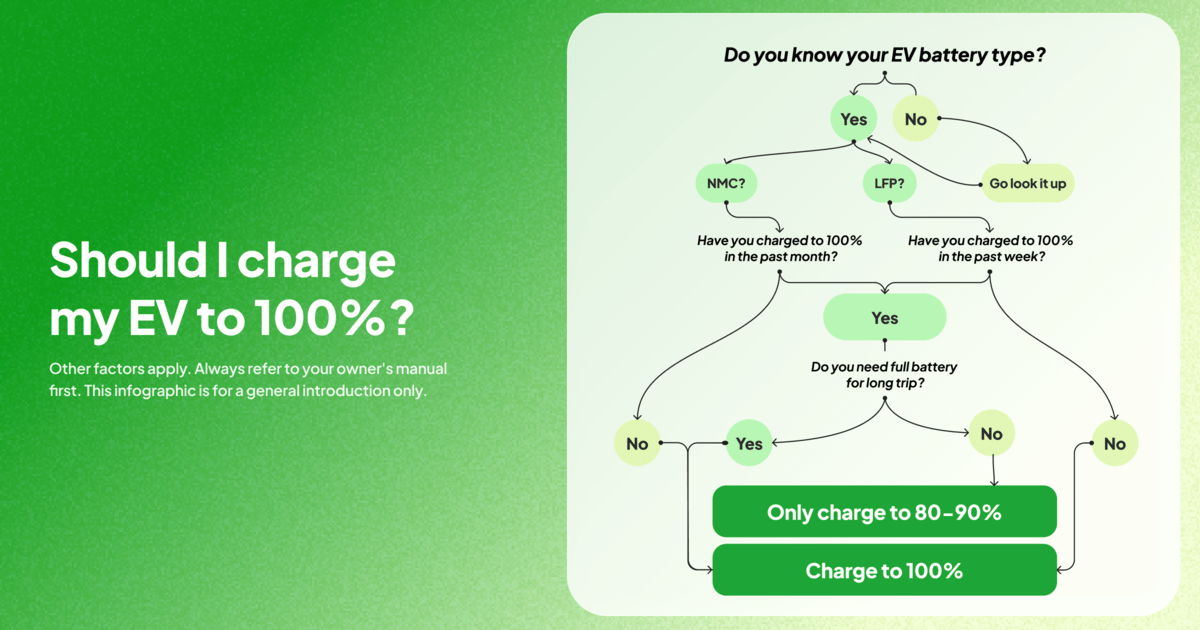
Daily use recommendations for EVs with LFP batteries:
For LFP electric cars, regular full charges are acceptable, and in some cases, charging the EV to 100 is even recommended. So with this battery type, it is easy to figure out your daily use – charge when needed, and top it off to 100% at least once per week.
Important nuance: the battery itself doesn’t “need” 100% charge, but sometimes the BMS (battery management system) does. It needs it to calibrate the State of Charge – the battery charge level you see in your car – correctly and keep the range estimate more honest.
It is generally also best to time the charge to finish near departure, and avoid leaving the car sitting full for long stretches.
Daily use recommendations for EVs with NMC and NCA batteries:
For NMC batteries, the safest bet is to keep them at up to 90% charge level in your everyday life. It is the high state of charge that has an effect, so no worries if you’re making daily trips and leaving it at 60% or 45% state of charge often. For these batteries, charging the EV to 100 percent would still make sense every month or two, just for BMS and cell imbalance.
Longer trip recommendations for all EV types
Should you charge EV to 100 percent before a road trip? This one is simple. When on trips, just charge as you need. Whether it is charging your EV to 100 percent or following the so-called 80% rule, you are good to go.
So if the next trip you plan to take demands it, charge your EV to 100 percent and drive soon after.
It is important to note here, as reassurance, that:
Nothing bad happens if you make exceptions with your EV charge level from time to time. Do charge your EV to 100% regardless of your battery chemistry if your next trip demands the range. It is the regular charging habits that will make a difference in battery longevity, not the one-time exceptions.
The same goes for driving your EV to nearly 0% of battery left. If it isn’t completely depleted, a one-off occasion of crawling to a charger does not have long-term effects on the battery.
What if you are leaving your EV in one place for weeks?
If storing long-term (like going on a vacation), it is recommended to drop the battery level to 50–60% to avoid increased calendar aging. With most EVs, you should not be charging your EV to 100 percent right as you’re leaving it to sit for a prolonged period. However, caveats come in here as well – for example, Tesla’s owner’s manual says you should leave your vehicle plugged in, as “When left idle and unplugged, your vehicle periodically uses energy from the Battery for system tests and recharging the low voltage battery when necessary.”
The Piece Most EV Owners Miss: BMS Calibration and Cell Balancing
Let’s clear something up here. No, lithium-ion doesn’t have “memory.”
You don’t have to drain to 0% or charge the EV to 100 percent solely for battery health.
Those extremes would actually stress cells. What benefits from the occasional wider charge level range is the software that estimates State of Charge (SoC). That’s because the best “locations” to get a reading are below 30% and above 70% battery charge level, due to the flat discharge curve of a lithium-ion battery in between these.
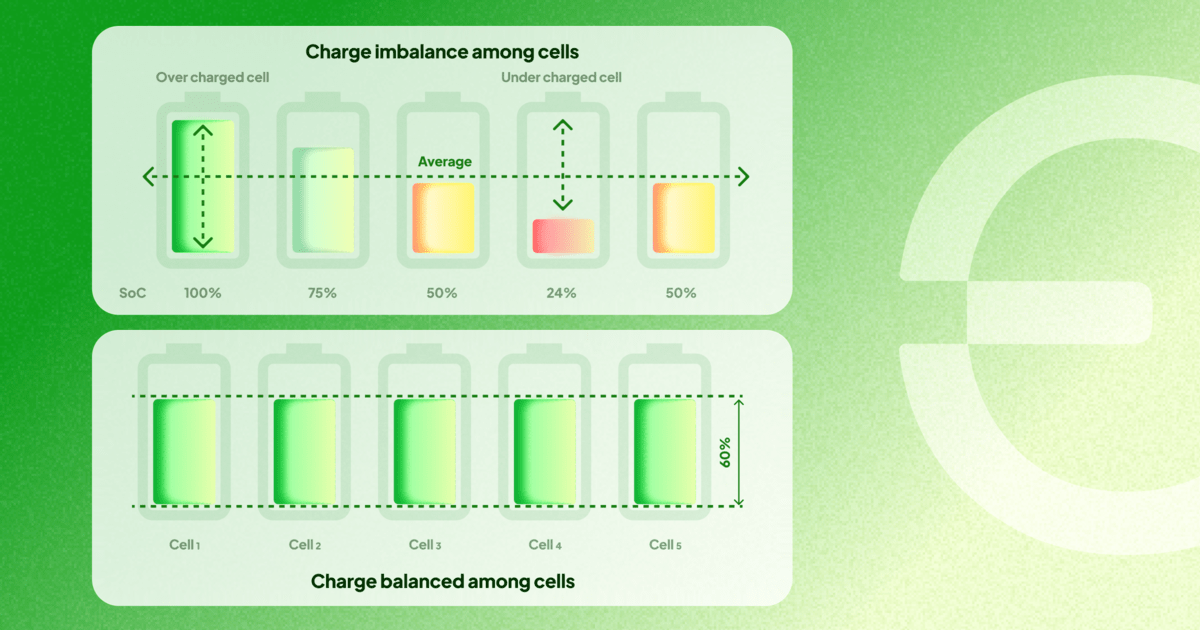
So, outside of some carmaker-specific processes for resetting the software range calculations, especially after updates or if range estimates look off, it is recommended to let the car rest at a low SoC and then later at a high SoC, so the BMS (Battery Management System) “sees” stable anchor points.
Here’s a suggested routine for calibrating your BMS, which should be used with AC charging (like at home), not at a fast charger:
- Drive below ~30% and let the car rest 4–6 hours.
- Then charge to somewhere between 80–100% on an AC (home) charger.
- Let it rest for 2 to 4 hours after charging.
- Repeat if needed. The key here is the rest period, not hitting the 100% exactly.
This process should help the BMS to calibrate itself again and “unlock” the true range of your EV. If this matches your usual driving and charging habits anyway, it should all be optimized already.
Now, in addition to the software calculations, an EV driver should also consider the process of cell balancing, which is needed less often, to “fix” cell imbalances, or rather help the BMS recognize these imbalances. For a more direct explanation of why and how this happens, you can refer to this explainer from Recurrent.
What you, as an EV driver, need to know is that you can remedy this cell imbalance easily – just charge your EV overnight to 100% at an AC charger, such as one at home. It is important to leave the car charging even if it shows a 100% charge until it shows no more current flowing or stops charging completely, as it may take an hour or more for the balancing process to end after reaching 100%. Does the EV stop charging when full? Yes, your EV will stop charging when it is full and has also completed the cell balancing process.
Fast Charging: The Old Warnings vs Real-World Data
In the earlier days, most experts warned that using fast charging (DC) leads to more degradation over slow charging (AC), due to heat and plating at high C-rates. Especially in the cold.
In real-world fleets, the picture is more nuanced. Recurrent’s 2024 analysis of ~13,000 Teslas found no statistically significant difference in range degradation between cars that fast-charged most of the time and those that fast-charged rarely.
The more practical rule: avoid extremes (very hot, very cold, or very high SoC), and don’t waste time forcing DC from the 80 to 100% unless your trip requires it.
Here, recent research hints that LFP can be more tolerant of frequent fast-charging than nickel chemistries, but pack design and thermal management often matter more than chemistry alone.
Temperature and Charging Timing Tips (the Reality in Europe)
Should you charge your EV to 100 percent only when it’s not hot outside? Well, the worst case for battery aging is a hot battery + 100% state of charge + staying a long time in this situation. So it makes sense to prefer parking in shade and using scheduled charging to finish near the time of your departure.
Cold can affect the battery longevity too, in certain situations: Preconditioning the battery before DC stops (most EVs today have it as an in-car feature), and avoiding high-power “top-offs” at very high State of Charge when the pack is cold reduces plating risk and also speeds up your charging sessions. Many cars also limit regenerative braking when the battery is full or cold, and the ability returns as the battery pack warms or isn’t as full.
The “100%” you use in the car isn’t truly 100% of the battery
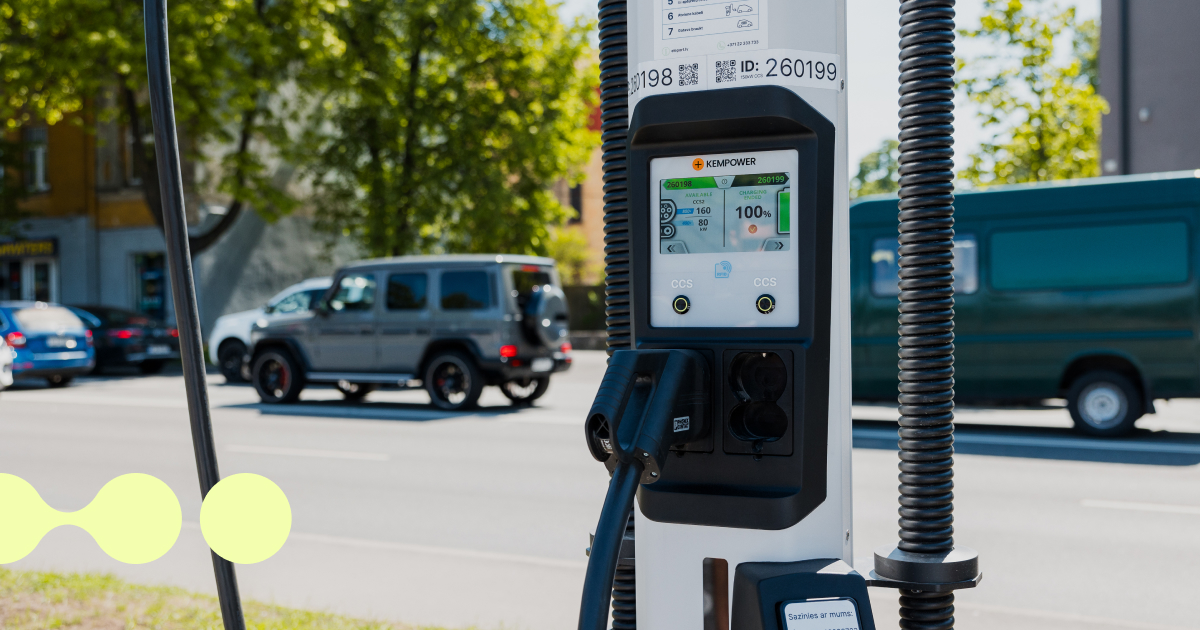
Nearly all EVs have a battery buffer that they keep from you. Yes, even when charging EV to 100 percent, you won’t be able to access it all. You might have come across this info when seeing gross (total) or net (usable) kWh figures in your battery specifications.
This is exactly how it sounds – there is an extra battery capacity you can’t reach in your EV. This is usually just a few kWh’s worth. For example, a Kia EV3 Long Range model has an 81.4 kWh nominal (gross) battery capacity, but a 78.0 kWh usable capacity, per the EV-database.
This buffer serves as an extra layer of security around your battery, and while you might read 100% or 0% on your battery charge level when driving, there are still a few kWh in the battery in each case that aren’t considered as a part of it.
EV Battery Degradation: What’s Normal and When Should You Be Worried?
The good news from large EV datasets is that modern EV packs tend to degrade slowly in our typical use in Europe.
Geotab’s 2024 analysis (with 2025 projections) of 10,000 EVs shows an average 1.8% annual degradation rate, down from 2.3% in 2019. This analysis also suggests that batteries in newer models could last 20 years or more under moderate conditions.
Now, if you noticed a quicker drop of a few percent in the state of health measurement of your battery early after your EV purchase, keep in mind that your battery degradation should smooth out after about the first year to a steady level. If it doesn’t, and the drop in battery health continues to be fast, you likely should get the battery checked at a service.
Most carmakers in Europe have a warranty for the high-voltage battery, in which they guarantee at least a ~70% capacity for ~8 years / 160 000 km. These limits vary per carmaker. That means they guarantee that charging EV to 100 percent would still give you at least 70% of the range you had originally with the full battery.
So far, unless there is an actual technology issue with the battery from the automaker side (it does happen and usually leads to a recall if it does), the EVs hold up a lot better than this ‘floor’ figure.
About the “You Must Do This to Save Battery” Advice They Gave You
… “All EVs should stop charging at 80%.”
Outdated. This saying, coupled with calling it the 80% rule, used to be more relevant – and somewhat still does apply for nickel-chemistry EVs – but it is not universally true. And it is certainly not going to affect your battery if you are charging your EV to 100 percent every now and then either for a longer trip, or to rebalance the cells.
… “You must go 0→100% to keep the battery healthy.”
False. This type of process, also not in a literal sense, helps the BMS learn your battery range if need be, but does not help the actual longevity.
… ”Never drive your EV under 20%”
Well, that’s completely off – nothing happens if you squeeze out those kilometres from the bottom of the battery pack, too. Nearly all EVs give you several warnings (or even the famous ‘turtle mode’) before reaching the end of your usable battery capacity.
And while we’re at it, stranded EVs, as in when you really run out of charge, don’t get their batteries immediately bricked either. They usually just might need to be jump-started after getting some charge in (to get the 12V battery up and running). We would just not recommend this too often for longevity purposes.
…“Fast charging ruins batteries.”
Also outdated. Use fast charging smartly, avoid extremes, and accept that charging 80% to 100% on DC is slower and rarely worth it unless the next trip leg demands it. That’s the other part of what the EV drivers call the 80% rule. Why does EV charging slow down after 80? This is just your EV’s battery management system (BMS) trying to prevent overcharging, overheating, and potential damage. Without this process in place, our batteries wouldn’t last as long at all.
Is it OK to charge an EV to 100% occasionally? If we are talking about occasional charging, the answer, unless it’s in scorching hot weather and you’ve heated up the battery, is always yes.And if we’re being real, the charging networks across Europe, even in Central and Eastern Europe that Eleport covers, are becoming quite enough in coverage to have several charging stop choices within your battery range, without stretching most trips to needing to use the whole 100% of your battery in the first place.




